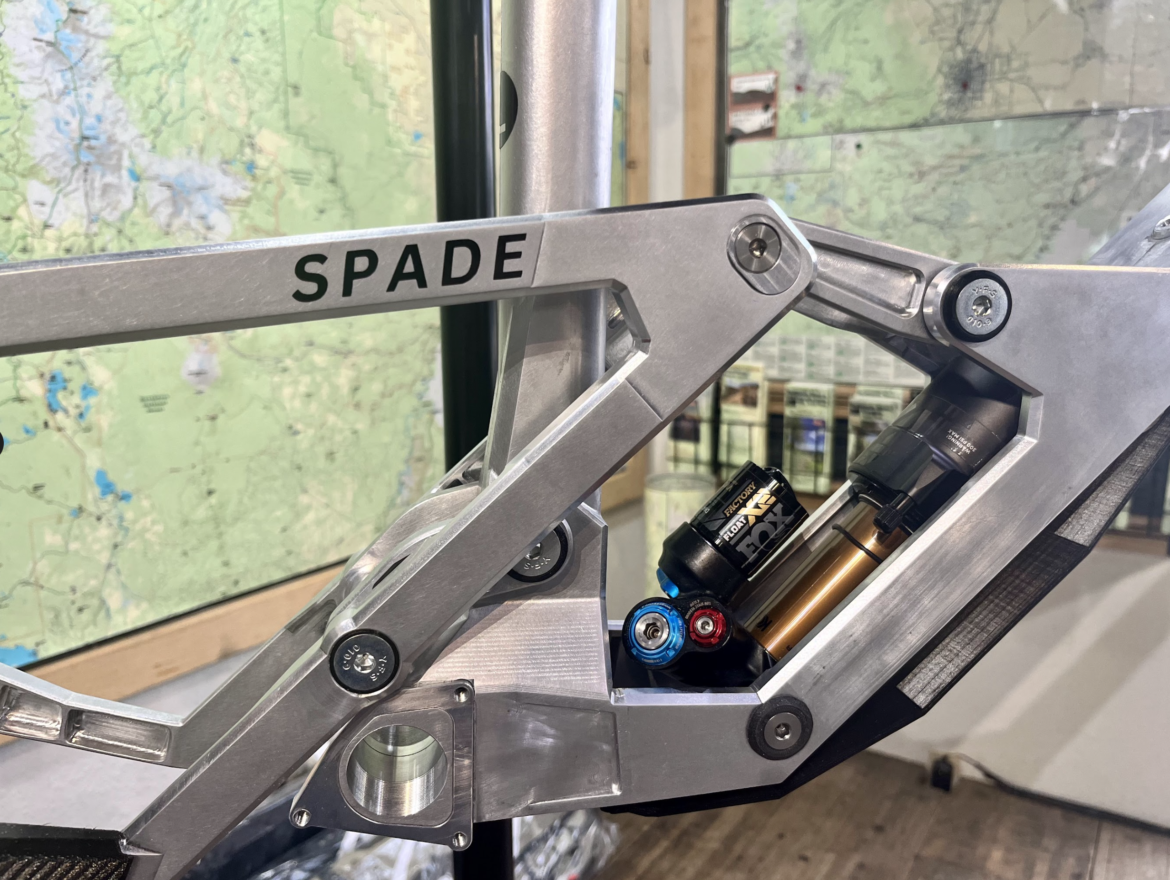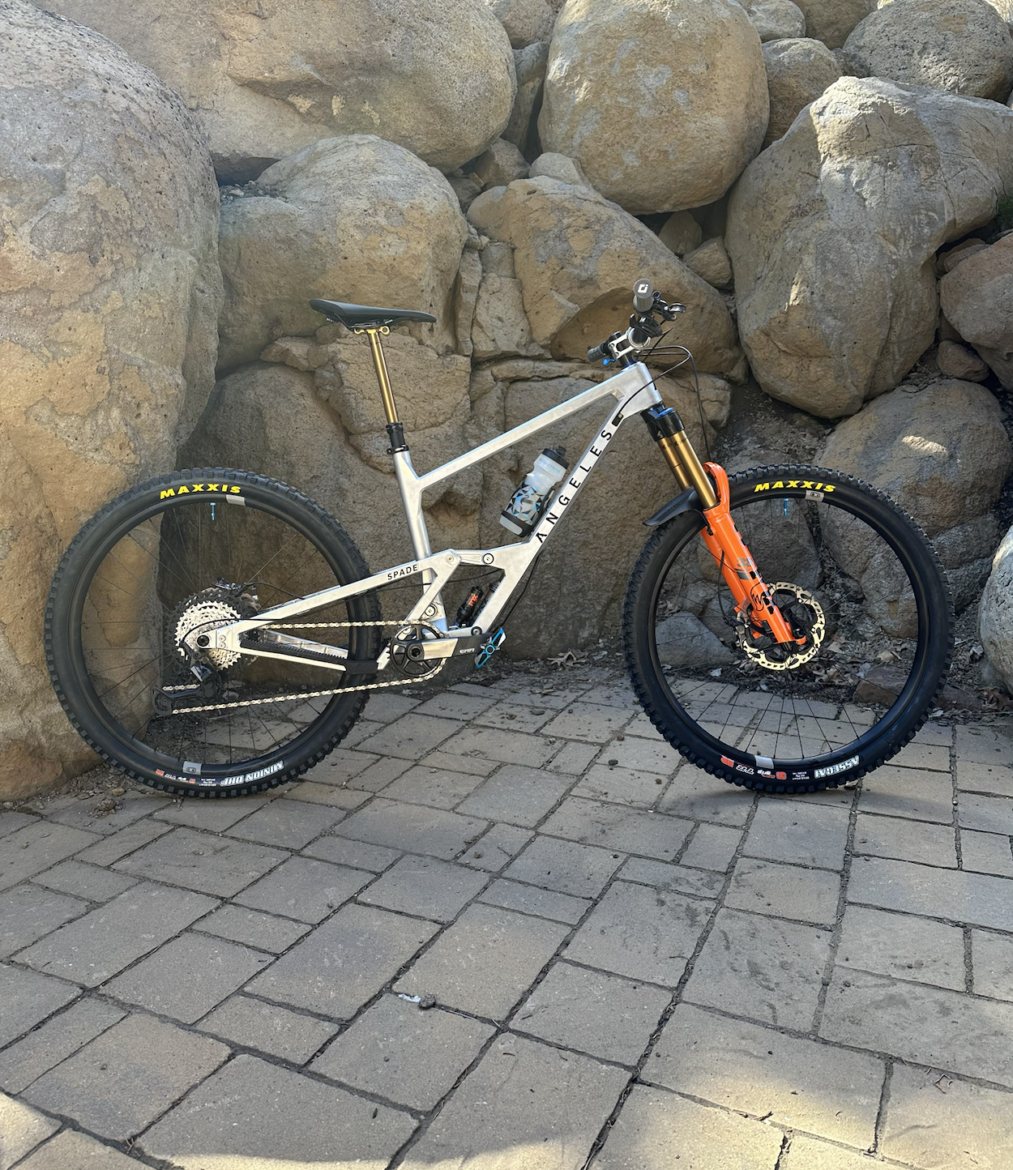What is the bike industry like where you live? Is there a bike manufacturer you are proud to ride because you feel it represents the state or even the city you live in?
If you are a California resident, you have a lot of options: Intense and Canyon USA’s headquarters are in Southern California. A few hundred miles north lands you in the homes of major brands such as Santa Cruz, Specialized, and Ibis. Washington has a handful of bike brands, as does Colorado.
Despite being a state known for its world-class outdoor activities, Oregon doesn’t have a major bike brand manufactured within its borders. The emphasis here is on major, and it wouldn’t be fair if the bike designers and makers that call Oregon home didn’t get a shout-out. Many of the bike manufacturers from Oregon seem to have a few things in common—they are typically boutique and make mostly gravel or touring bikes.
While Oregon isn’t bike manufacturer-less, there still isn’t that current big bike brand putting Oregon on the map for mountain biking. That may be the state of affairs for now, but there is a chance that could all be changing soon. And one young man from Bend, Oregon hopes his start-up, Angeles Bicycle Company, will be the one to do just that.

The Man Behind The Brand
Ethan Eggert is like most of the kids who grew up mountain biking in Bend—he rips. Eggert pumps corners hard, isn’t afraid to get his wheels off the ground, and, even as a teenager, is probably faster than most. This isn’t necessarily that surprising, especially from a town like Bend, where backflips and tailwhips (sometimes combined) have almost become commonplace amongst some of the local shredders.
This is the part of the article where I would try to incorporate some sort of connection to the Gen Z experience of today. Perhaps it would be through social media or musical interest. But, as a mid-30s Millennial, the truth is that I have no idea what is going on in the world of today’s teenagers. However, I am sure that what sets Eggert apart from other Gen Zers, even those riding mountain bikes, is that he designed and built a mountain bike frame.
Eggert,19, grew up in Washington state but moved to Bend at the age of 8. With Bend being a huge mountain biking community, and many of his friends starting to ride, it wasn’t long before Eggert was throwing his leg over his first “real” mountain bike, as he puts it. At age 14, he got a Trek Fuel and never looked back.
Like many bike builders in their early days, Eggert does have a day job. He started servicing bikes at Mt. Bachelor’s bike shop. Mt. Bachelor is one of the nation’s largest ski resorts and, like many winter resorts, has incorporated a summer bike park. Working at Mt. Bachelor eventually turned into a year-round venture, as Eggert, like many who call Bend home, also snowboards.
The thought of designing a bike came from a simple suggestion from a friend. Eggert was helping replace a rear shock on a friend’s bike. The project was particularly difficult due to the linkage and the placement of the shock. As the two struggled to remove the original shock, Eggert thought aloud about changes that would make the process easier.
“My friend just said, ‘Why don’t you just design your own?” After drawing the first design for a bike frame, Eggert and his friends critiqued and redesigned the original idea while riding the chair lift, in between laps.
With the initial concept now down on paper, Eggert needed to get the design into a program so the frame could be manufactured. He decided on Fusion 360, “a cloud-based 3D modeling, CAD, CAM, CAE, and PCB software platform for professional product design and manufacturing.” Eggert, one year out of high school and without any previous experience, taught himself how to use the program.
As Eggert continued to tweak his design, he was connected to a manufacturer overseas with access to CNC machines. They carved a prototype frame out of a block of raw aluminum, and The Spade was born.

The Spade
The name “Angeles” is an homage to the Washington town Port Angeles where Eggert and his friends love to ride.
“We love to race there,” he said. “We spent forever on the name, lots of conversations, and it was hard to come up with one. Angeles seemed right.” Eggert also explained that the “Spade” got its name after another friend handed him a deck of Bicycle brand playing cards. He teased that we can expect future bikes to find their names within the deck.
Typically we would see a bike prototype mirroring the traditional aluminum or carbon look. The Spade is somewhat of a meshing of the two, with its weldless raw aluminum. A block of aluminum is CNC-machined into the two halves of the front triangle and later bonded together using an aerospace glue.
“Once together, the epoxy is stronger than welds.” Eggert explained the CNC process was much more affordable than a carbon mold which would have set him back $50-$60,000 for the prototype frame alone.
Make no mistake, Eggert designed this bike with going down the hill in mind. A slack 63° headtube out front gives the biggest clue to what the Spade is capable of. Pair a slack front end with one of the, if not the steepest seat tube angles out there at 82°. While the front may be out there a bit, the rider should find themselves in a comfortable pedaling position. Eggert designed the frame with long fire road climbs in mind.

He also made the frame very adjustable. Dropouts can be swapped to create size-specific chain stays and headset cups can change reach numbers. The frame works around a 1,289mm wheelbase, which will change depending on the rider’s setup.
Eggert also incorporated a flip-chip, not to adjust geo numbers, but for those who want to run the Spade as a mullet. In fact, the Spade was designed with all gravity riders in mind. From an aggressive trail bike to a dual-crown freeride monster, the Spade is designed for it all—29er, MX, full 27.5. Whatever the configuration you prefer, it is clear that Eggert’s inspiration is rooted in enduro racing and freeride.
All of this adjustability sits around a suspension platform that Eggert designed himself. Eggert wasn’t ready to go into the ins and outs of the design but did say that he has a patent in the works.
Eggert also considered sustainability when designing the Spade. Having the frame CNC’d helps eliminate waste since he is working with a block of aluminum and a computer program.
“Even the center piece that is cut out of the front triangle is then used to make smaller pieces,” Eggert explained. He even considered how the bike is shipped, using paper packaging that could be recycled rather than plastic in the shipping process.

What’s Next?
Eggert plans to keep making bikes. He hopes “by next season to do a batch of frames in sizes medium through extra-large.” Right now, the Spade is going to be exclusively in size large, with only Eggert and some of his friends riding the prototype to get “things dialed” before moving into further production. After the Spade, Eggert spoke of another bike in the works.
The Spade frames will be built up and ridden by a select few individuals here in Bend. These riders are not just his buddies who are “good” at mountain biking. These are kids placing in national races and doing flip-whips. Eggert spoke of one friend who had the potential of being an alternate for the Crankworx slopestyle contest Redbull Joyride.
Obviously, this would be huge for Angeles Bicycle Company. However, when a 19-year-old kid teaches himself a computer program, designs a frame, and delivers on having a prototype manufactured, it seems like he will find a way. What were you doing at 19? Ethan Eggert made a bike company.


















